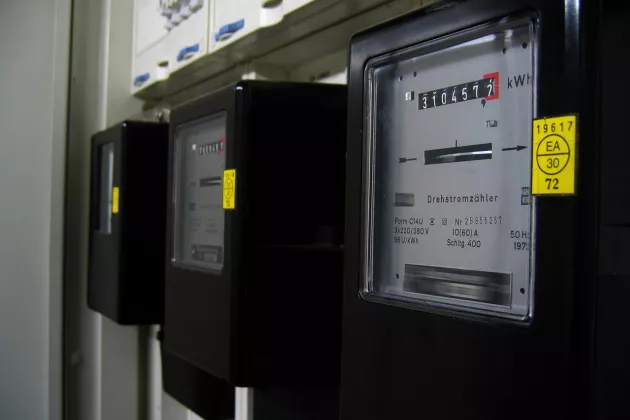A recent article by Katharina Reindl, Georgios Pardalis, and Jenny Palm explored why, by taking a closer look at how energy-related decisions are actually made during the early planning and design phases of multifamily building renovations in Sweden and Denmark.
Their study tries to specifically address two key questions: (1) How does energy efficiency emerge, or get sidelined, in planning and design discussions? And (2) what factors cause resistance to energy-saving measures compared to other technical or practical priorities?
Findings show that although energy efficiency is acknowledged as an important goal, it is often overshadowed by more immediate concerns like HVAC systems, costs, or tenant comfort. Most projects relied on traditional methods, with little room for innovation. Financial constraints, limited use of energy consultants, and a lack of established routines for integrating energy considerations were key barriers. In both countries, energy calculations were rarely discussed in detail, and the role of energy experts was often peripheral, especially in Sweden.
The study concludes that bridging the gap between energy ambitions and actual implementation requires stronger routines, clearer responsibilities, and better integration of energy expertise early in the process. When involved meaningfully, energy consultants can play a crucial role in translating broad targets into specific, actionable strategies, helping renovation teams make decisions that move the needle on energy performance.
These insights offer practical lessons for both policymakers and industry professionals working to make sustainable renovation not just a policy priority, but a lived reality in everyday projects.
You can read more about this study here.





